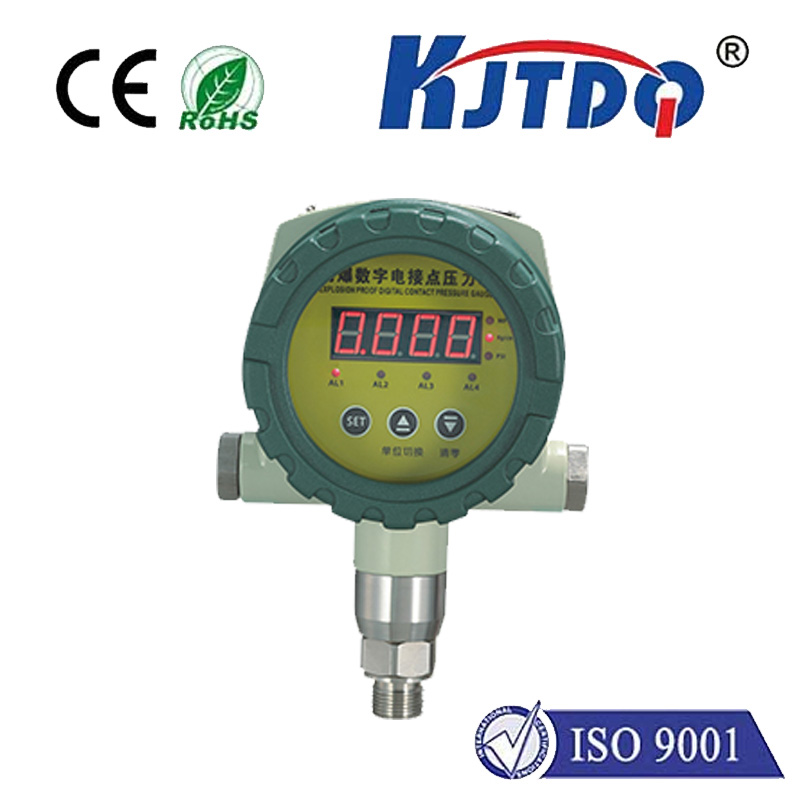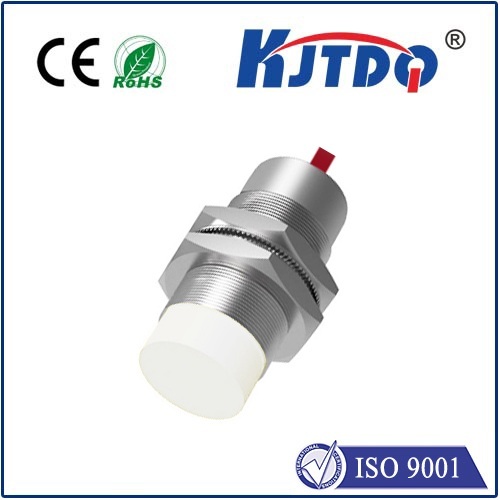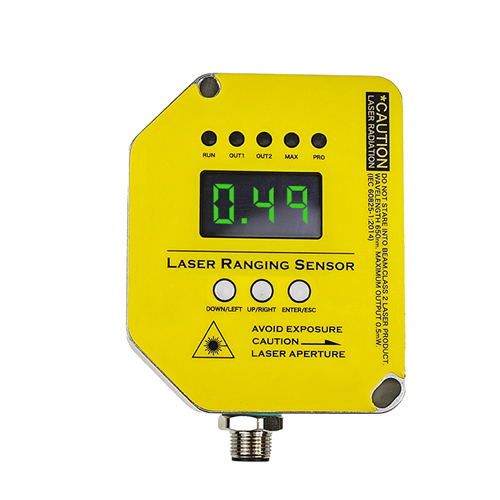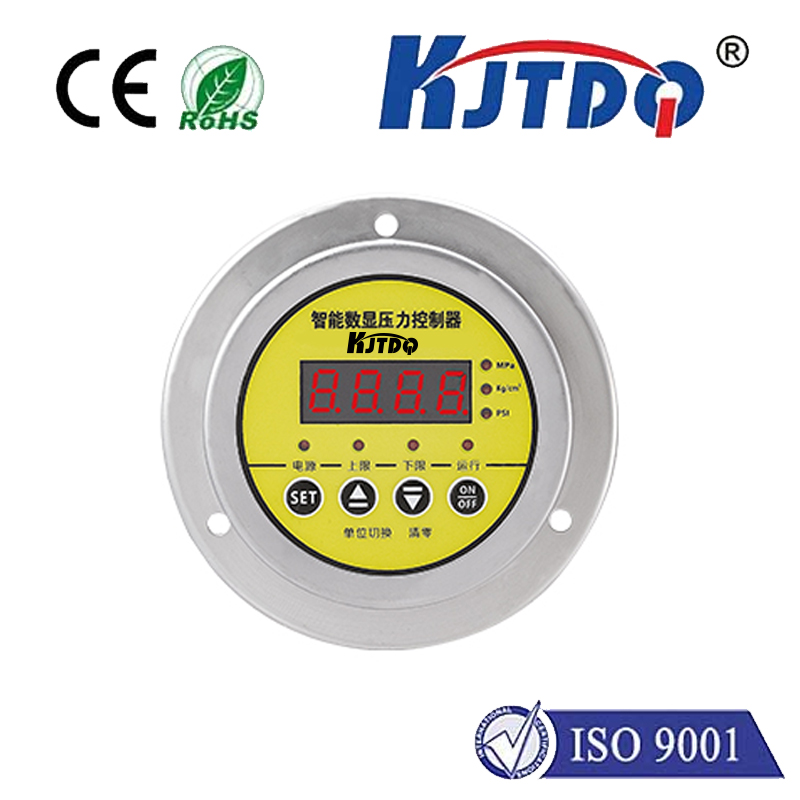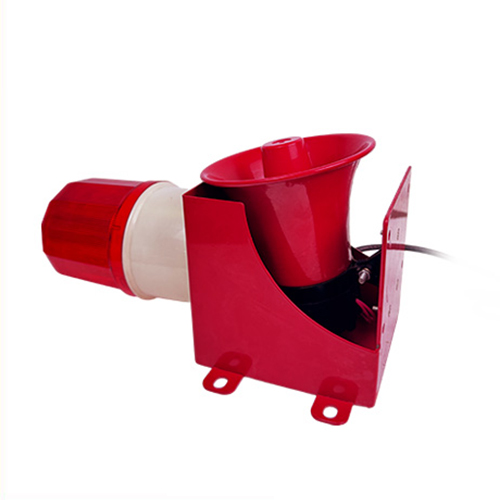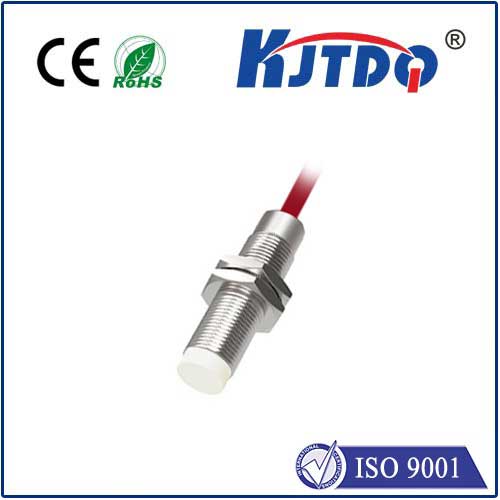lj8a3 2 z ay proximity sensor
- time:2025-06-27 00:15:23
- Нажмите:0
LJ8A3-Z/AY Proximity Sensors: The Unsung Heroes of Industrial Automation
**Imagine a robotic arm smoothly gliding within millimeters of a fragile component, a conveyor belt instantly stopping when a worker’s hand ventures too close, or a high-speed bottling line flawlessly counting containers whizzing past. This precision, this safety, this relentless efficiency – it largely hinges on a silent, unassuming sentinel: the индукционный датчик приближения. Devices like the ubiquitous LJ8A3-Z/AY are fundamental components in countless automated systems, operating tirelessly behind the scenes.** Understanding their function and significance is key to appreciating the intricate dance of modern industry.
At its core, a proximity sensor like the LJ8A3-Z/AY detects the presence or absence of a nearby object without physical contact. This non-contact detection is crucial. It eliminates wear and tear, provides incredibly fast response times (often measured in milliseconds), and functions reliably in harsh environments laden with dust, oil, vibration, or temperature extremes where mechanical switches would falter.

The LJ8A3-Z/AY specifically belongs to the family of inductive proximity sensors. Their magic lies in electromagnetism. Inside the sensor’s sensing face lies a coil fed by an oscillator, generating a high-frequency electromagnetic field. When a metallic target (typically ferrous metals like steel or iron, though specialized types work with non-ferrous metals) enters this field, it induces small electrical currents within the metal itself, known as eddy currents. These eddy currents draw energy from the sensor’s oscillating field, causing its amplitude to decrease. Sophisticated circuitry within the sensor continuously monitors this oscillation level. When the amplitude drop exceeds a predefined threshold (indicating a target is within the specified sensing range), the sensor’s output state switches – like an electronic gatekeeper silently flipping a switch.
So, what makes the LJ8A3-Z/AY a common choice? Its designation often implies specific characteristics common in this form factor:
- Size & Form: The “8A3” typically denotes an M8 threaded barrel sensor (approximately 8mm diameter), 30-40mm long, offering a compact solution for tight spaces.
- Sensing Distance: Common variants like the LJ8A3-2-Z/AX/BX often specify a 2mm nominal sensing range for standard steel targets. Crucially, this distance can vary depending on the target material’s size, shape, and composition.
- Output Type: Suffixes like “/AY” or “/BX” usually indicate the output configuration and wiring. For instance:
/AY might signify a 3-wire DC sensor with a PNP Normally Open (NO) transistor output./BX could denote a 3-wire DC sensor with an NPN Normally Closed (NC) output.- (Always refer to the specific manufacturer’s datasheet for the exact variant).
- Connection: Features a fixed cable exit or a connector variant (like M8 or M12 connectors) for robust wiring.
- Construction: Engineered with materials suitable for industrial environments, offering resistance to common shop-floor hazards.
Integrating LJ8A3-Z/AY sensors effectively requires careful consideration:
- Target Material: Inductive sensors primarily detect metals. Ensure your target is metallic. The effective sensing range depends significantly on the target metal type. For example, a sensor calibrated for mild steel might only sense copper or aluminum at roughly 50-60% of its rated steel distance. Consult datasheets for reduction factors.
- Sensing Range: Install the sensor considering its nominal sensing distance. Account for any target material reduction factors and allow a small margin of error to accommodate vibration or thermal expansion. Mounting too far away leads to unreliable detection. A common practice is mounting at roughly 80% of the nominal range for a reliable safety margin.
- Flush vs. Non-Flush Mounting: The LJ8A3-Z/AY is likely a flush-mountable type. This means it can be recessed into a metal bracket without significantly degrading its sensing range or causing false triggers from the surrounding bracket material itself. Non-flush sensors have a larger sensing field extending radially and cannot be mounted flush without interference.
- Avoidance Zones: Ensure that no unintended metal objects (e.g., brackets, fasteners, moving machine parts) enter the sensor’s active field during operation, preventing false triggers.
- Electrical Compatibility: Match the sensor’s operating voltage (e.g., 10-30V DC) and output type (PNP or NPN, NO or NC) correctly to your control system’s input requirements. Miswiring is a common source of installation issues.
- Environmental Protection: Check the Ingress Protection (IP) rating (e.g., IP67 is common, meaning dust-tight and protected against temporary immersion) to ensure it’s suitable for your environment (coolant, washdown, outdoor exposure). The robust construction of sensors like the LJ8A3-Z/AY makes them ideal for challenging factory settings.
The versatility of the LJ8A3-Z/AY proximity sensor makes it indispensable across countless industries:
- Machine Automation: Detecting tool positions, end-of-stroke verification on cylinders, confirming part presence/absence in fixtures or nests, monitoring pallet locations, checking spindle orientation.
- Перевозка материалов: Counting products on conveyors (using sensors mounted alongside the belt), verifying bin levels, detecting the passage of carts or AGVs, ensuring correct package positioning before sealing or labeling.
- Packaging: Confirming cap presence on bottles, detecting filled containers, verifying case flap closure, counting items entering cartons.
- Automotive: Monitoring robotic weld gun closure, detecting piston position in clamps, confirming door or hood closure on assembly lines, sensing gear position in transmissions.
- Safety: Implementing intrusion detection near hazardous areas (though not as primary safety devices – use certified safety sensors/systems for Personnel Protection), detecting guard door closure for interlocks.
Replacing mechanical limit switches with LJ8A3-Z/AY sensors offers transformative advantages. Wear becomes virtually nonexistent due to non-contact operation. The incredibly fast response times enable high-speed processes mechanical switches could never keep up with. Sealed designs withstand environments that would quickly destroy sensitive contacts. Outputs provide clean, bounce-free signals for precise control logic. While familiarity with terms like “LJ8A3 2 Z AY proximity sensor” helps identify specific models, the enduring power lies in the fundamental principle of reliable, contactless metal detection that underpins industrial reliability.



